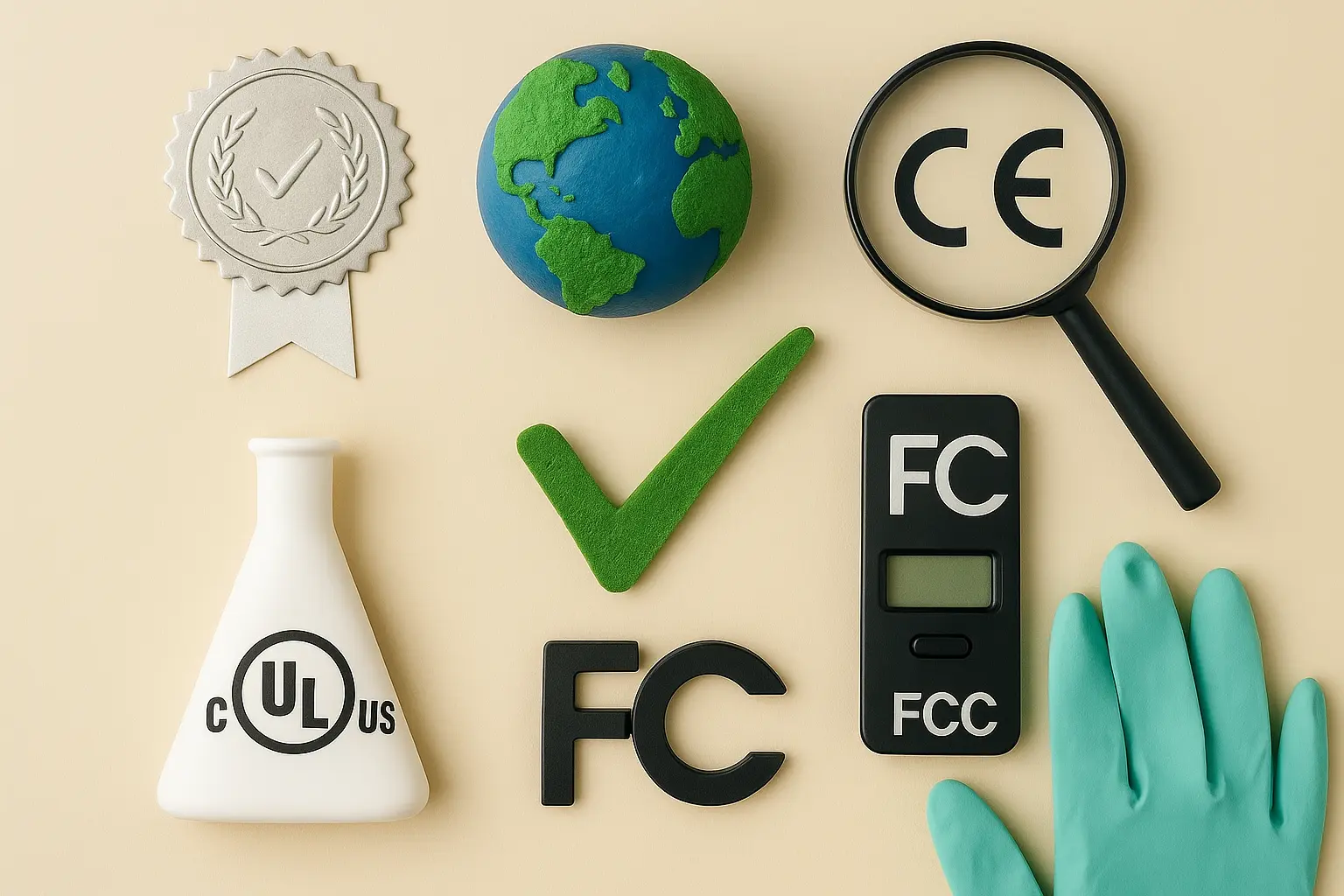IoT Device Certification
IoT (Internet of Things) devices are increasingly integral to modern businesses and consumer applications. From smart home devices to industrial sensors, IoT technology is revolutionizing how we interact with the physical world. Ensuring that these devices meet the highest standards of safety, reliability, and performance is paramount for both manufacturers and end-users. This article will delve into the specifics of IoT device certification, providing an in-depth look at the scope, methodology, competitive advantages, real-world use cases, and frequently asked questions.
The process of IoT device certification involves rigorous testing to ensure that devices comply with relevant international standards such as IEEE, ISO/IEC, and IETF. Manufacturers must demonstrate that their products meet stringent requirements for interoperability, security, and performance. This not only enhances consumer trust but also ensures regulatory compliance across various jurisdictions.
IoT device certification is critical in establishing trust among stakeholders. By adhering to these standards, manufacturers can mitigate risks associated with product failures or vulnerabilities. Moreover, it helps to streamline the integration of devices into existing systems and networks, fostering innovation and growth within the IoT ecosystem.
The certification process typically involves several stages, including preliminary assessment, compliance testing, field trials, and final evaluation. Each stage is designed to identify potential issues early on, ensuring that only reliable and secure products reach the market. This approach not only protects consumers but also promotes a healthier competitive environment where only high-quality devices thrive.
Compliance with IoT device certification standards is essential for businesses operating in today’s interconnected world. Not only does it enhance product quality and reliability, but it also facilitates seamless integration into broader systems and networks. By adhering to these rigorous testing protocols, manufacturers can build a strong reputation for delivering trustworthy and dependable products.
The benefits of IoT device certification extend beyond mere compliance; they offer significant competitive advantages as well. Organizations that prioritize this process demonstrate their commitment to innovation and excellence, setting themselves apart from competitors who may not uphold the same standards. This dedication translates into enhanced brand value, increased customer satisfaction, and improved market share.
In conclusion, IoT device certification plays a crucial role in ensuring product quality, reliability, and security. By following established protocols and adhering to relevant international standards, manufacturers can create trustworthy products that meet regulatory requirements while fostering innovation within the industry. This process ultimately enhances consumer confidence, promotes seamless integration into existing systems, and establishes a strong foundation for sustainable growth.
Scope and Methodology
The scope of IoT device certification encompasses a wide range of testing parameters aimed at ensuring that devices meet stringent safety, reliability, and performance standards. This includes assessing interoperability with other systems, security against unauthorized access or tampering, and robustness under various operating conditions.
- Interoperability Testing: Ensuring smooth communication between IoT devices and their respective ecosystems is critical for seamless integration. This involves testing the compatibility of different protocols used by these devices.
- Security Assessment: With cyber threats constantly evolving, securing IoT devices against unauthorized access or manipulation is a top priority. This includes evaluating encryption methods, authentication mechanisms, and overall system resilience.
- Performance Evaluation: Measuring the efficiency and effectiveness of IoT devices under real-world conditions helps identify potential bottlenecks or areas for improvement.
The methodology employed in conducting these tests is designed to be comprehensive yet efficient. It involves a combination of laboratory simulations, field trials, and expert reviews to gather accurate data on each device's performance. This ensures that the certification process remains objective, fair, and reflective of actual user experiences.
By adhering to international standards such as IEEE, ISO/IEC, and IETF, this approach guarantees consistency across different regions and industries. Compliance with these guidelines also enhances trust among stakeholders by providing a clear roadmap for achieving the desired outcomes.
Competitive Advantage and Market Impact
The competitive landscape for IoT device certification is highly dynamic, driven by rapid technological advancements and increasing demand for secure, reliable, and interoperable solutions. Organizations that prioritize this process gain significant competitive advantages, setting themselves apart from those who do not uphold the same standards.
- Enhanced Brand Reputation: Adherence to rigorous certification processes enhances brand reputation, making products more attractive to consumers and partners alike.
- Innovation and Excellence: Commitment to IoT device certification demonstrates a commitment to innovation and excellence, which is crucial for maintaining relevance in an ever-evolving market.
- Improved Consumer Trust: By ensuring that products meet stringent safety, reliability, and performance standards, manufacturers build trust among their customer base.
The market impact of IoT device certification extends far beyond individual organizations; it contributes to the overall growth and development of the industry. As more companies embrace these rigorous testing protocols, we see a collective improvement in product quality and security across the board. This fosters greater innovation by enabling manufacturers to focus on creating cutting-edge solutions without compromising safety or performance.
In conclusion, IoT device certification plays an indispensable role in ensuring that devices meet established standards for safety, reliability, and performance. By following established protocols and adhering to relevant international guidelines, organizations can build a strong reputation for delivering trustworthy products while also promoting innovation within the industry.
Use Cases and Application Examples
The application of IoT device certification is vast and varied across numerous sectors, including smart homes, healthcare, transportation, agriculture, and more. Here are some specific examples:
- Smart Homes: Ensuring that connected devices in homes can communicate seamlessly with each other while maintaining high levels of security.
- Healthcare: Verifying the accuracy and reliability of medical IoT devices used for patient monitoring or diagnostics.
- Transportation: Testing autonomous vehicles to ensure they operate safely and securely under all conditions.
- Agriculture: Evaluating sensors designed for precision farming applications, ensuring both efficiency and environmental sustainability.
In each case, the goal is to guarantee that these devices function reliably and securely within their intended environments. This commitment to quality helps establish trust among users while promoting safe and efficient operations across various industries.





